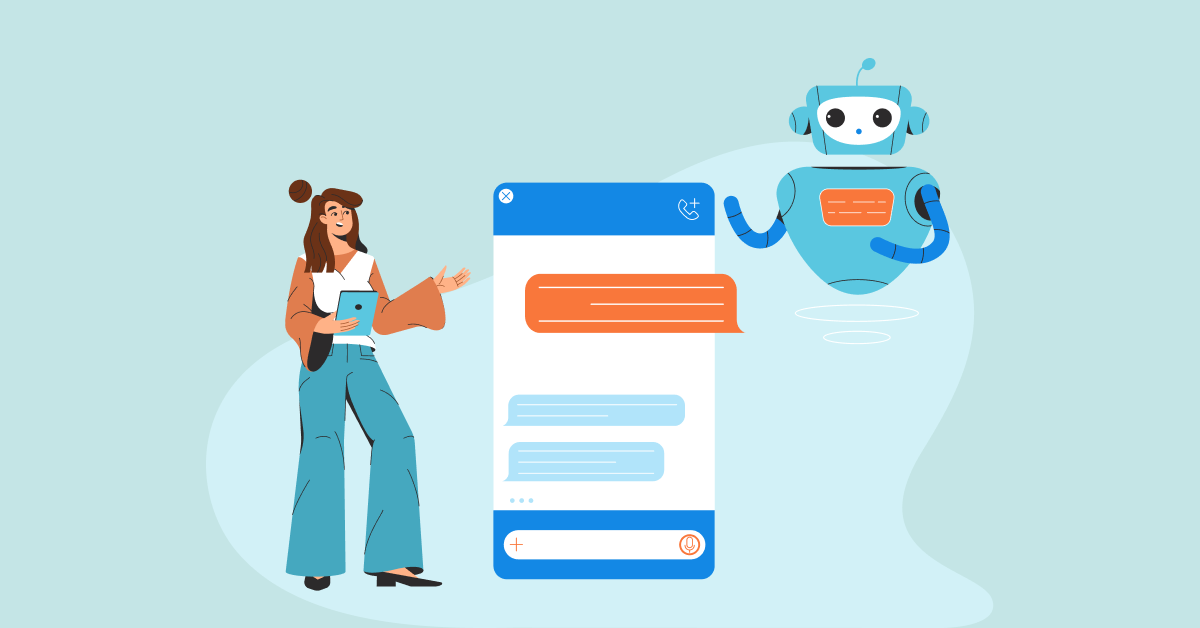1. Focus
Customer engagement is all about facilitating meaningful interactions with customers to create a long-term relationship. It goes beyond simply addressing their immediate needs and focuses on building a connection that goes beyond a single transaction. Customer engagement involves actively involving customers in a brand’s journey, inviting their feedback and creating personalized experiences.
Customer service primarily concentrates on addressing customer concerns and resolving issues promptly. The focus here is on providing efficient assistance and support during the customer’s journey. Whether it’s answering queries, troubleshooting problems or handling complaints, customer service aims to ensure customer satisfaction at the moment.
2. Proactivity vs Reactivity
Customer engagement is a proactive approach that focuses on anticipating customer needs and actively seeking ways to meet them. It could involve personalized communication, offering exclusive rewards or providing relevant and timely information.
Customer service is a reactive approach that comes into play when a customer has a problem or issue. It involves addressing customer inquiries, resolving complaints and providing solutions to ensure customer satisfaction. While customer service is an essential part of any business, it is often the result of a reactive response to a customer’s request or complaint.
3. Channels
Channels in customer engagement aim to create a seamless and personalized experience for customers. It can include email marketing, social media platforms, mobile apps and even physical stores. The goal is to create multiple touchpoints where customers can interact and engage with the brand.
Customer service focuses on the immediate resolution of customer issues and inquiries. Channels in customer service are designed for efficient communication between customers and the brand. It may include a customer service hotline, live chat support on websites, email support or even social media direct messaging.
4. Goals
Customer engagement aims to create a loyal customer base who actively interacts with the brand, provides valuable feedback and promotes the business through word-of-mouth recommendations. The primary focus of customer engagement is to establish a long-term connection with customers and establish brand loyalty.
Customer service primarily focuses on addressing customer inquiries, concerns and issues in a timely effective manner. The goal of customer service is to ensure customer satisfaction and provide resolutions to problems, eventually aiming to create a positive brand image.
5. Longevity
Longevity is at the core of customer engagement, as it focuses on establishing a lasting connection with customers, building trust and promoting loyalty. Businesses can cultivate long-term relationships by continually engaging with customers through personalized experiences, targeted marketing efforts and active communication.
Customer service primarily focuses on resolving customer issues and inquiries promptly. It plays a crucial role in ensuring customer satisfaction in the short term, but its impact on the longevity of customer relationships may not be as profound. While a positive customer service experience can contribute to customer retention, it often does not go beyond the scope of resolving immediate concerns.
Key Metrics to Measure Customer Engagement
Following are the key metrics for measuring customer engagement, equipping you with the tools to improve your strategies and facilitate lasting relationships with your customers.
















